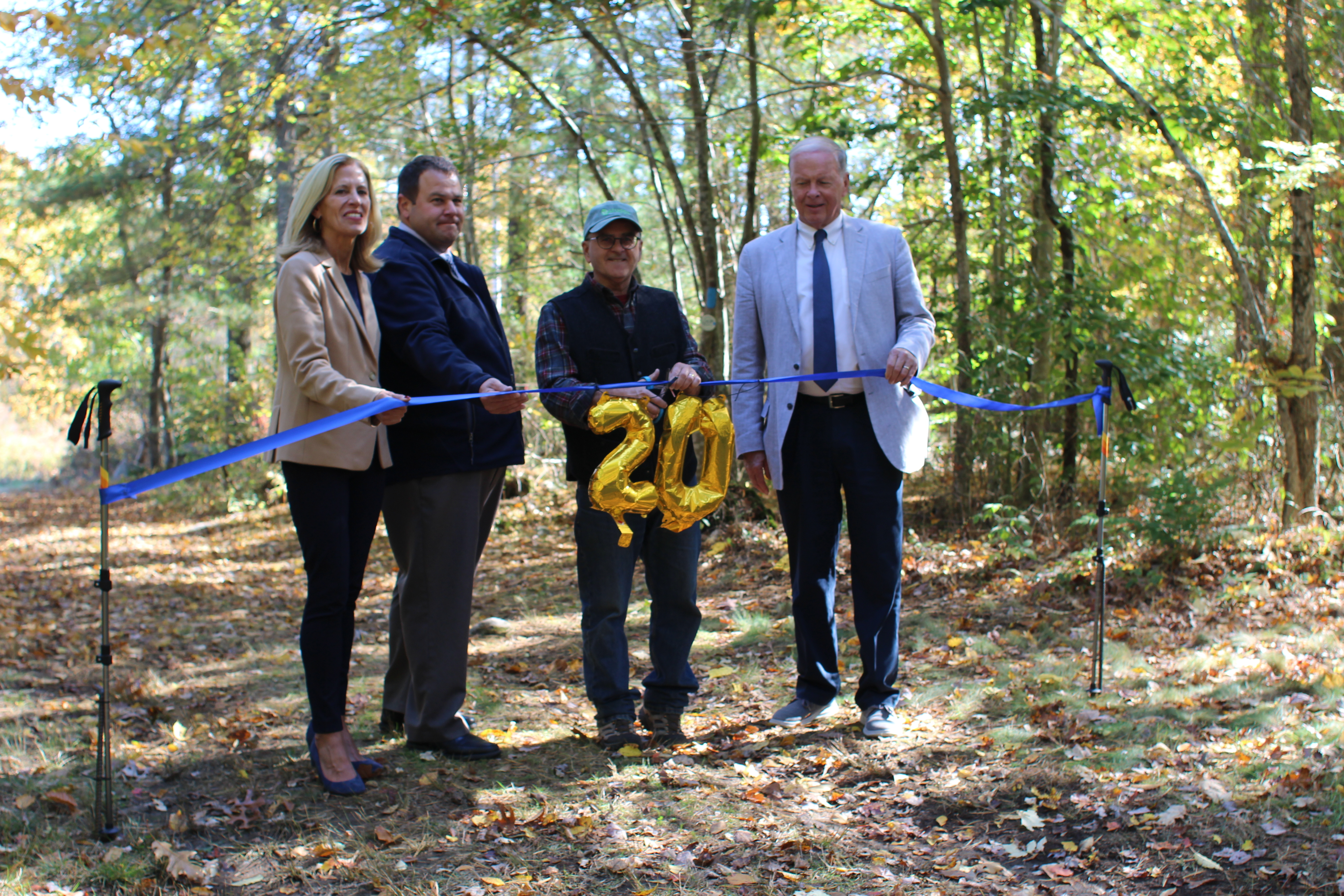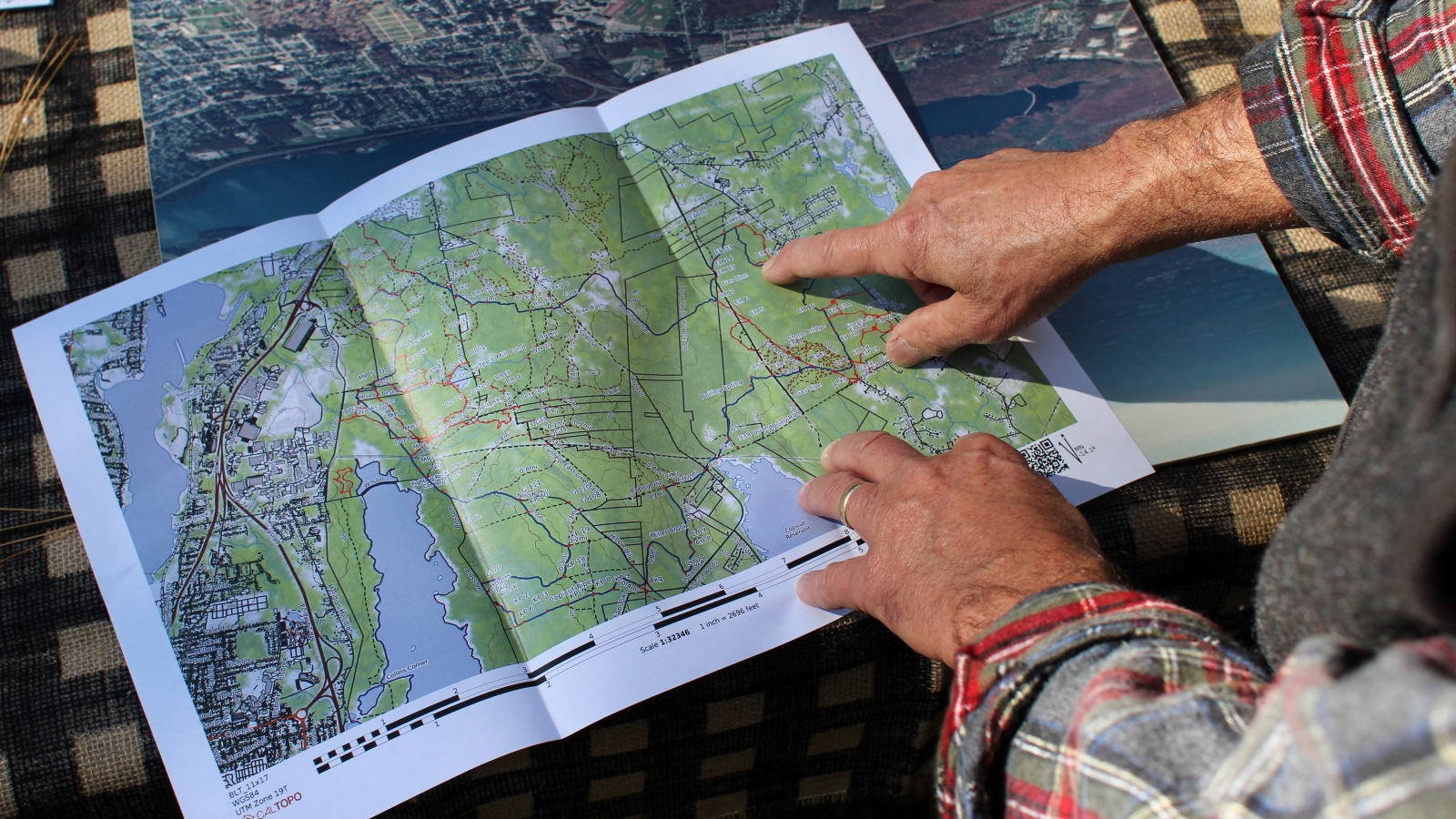Half the land within Fall River’s city limits is a pristine forest that protects the municipal water supply. After a century of pushing residents out of this bioreserve, the city is inviting them back in as hikers.
In a way, there are two Fall Rivers. There is the city of mills and triple-deckers that slopes downhill from the Watuppa ponds. And there is the sprawling forest east of the ponds, roughly equal in acreage to the city across the water of 100,000 people, but unknown to many of them.
This “other” Fall River is filled with swamps and brooks that filter fresh water and carry it toward the sinks and showers of the inner city. Stone walls, farm houses and occasional clusters of modern ranch houses still populate the few roads running though, but the rest of this second city is now placed under strict conservation restrictions — the culmination of a century of work to push residents out of the watershed of the Watuppa ponds to protect Fall River’s municipal water supply.
On Wednesday, politicians found their way out to the woods to invite the public back onto the land, this time as hikers on a newly opened 20-mile trail toop running through it.
“I only regret that I’m the only one in heels today,” State Rep. Carol Fiola said during a short program of speeches before attendees went on a “sampler” hike of the new trail.

City Forester Mike Labossiere, who leads the work of reopening the watershed to public use, said the Bioreserve Loop Trail is cobbled together from ancient cart paths and logging roads, with occasional forays onto fire lanes cleared more recently.
Labossiere said he and volunteers from the Appalachian Mountain Club spent months painting blue trail markers along the loop to guide hikers through an area that, though technically open to the public for more than a decade, has lacked the wayfinding amenities of more popular nature reserves and state parks.
“It’s really going to put us on the map, I think, as far as major trail experiences in the state,” Labossiere said.
A hiker who attended Wednesday’s trail opening said it takes about eight hours to finish the loop at a quick pace. There are several shorter trails through the bioreserve too, which can be navigated using a trail map available on the city’s website.

Paul Ferland, the city’s director of community utilities, said his department plans to continue the work of opening the bioreserve to hikers and nature enthusiasts.
“There’s going to be a lot more projects coming out here in this area, in the reservation, in the bioreserve in the near future,” Ferland said. “So just keep your eyes and ears open.”
Altogether, city officials said there are close to 21 square miles of undeveloped forest within the city’s limits.
Ben Berke is the South Coast Bureau Reporter for The Public’s Radio. He can be reached at bberke@thepublicsradio.org. Follow him on Twitter @BenBerke6.
